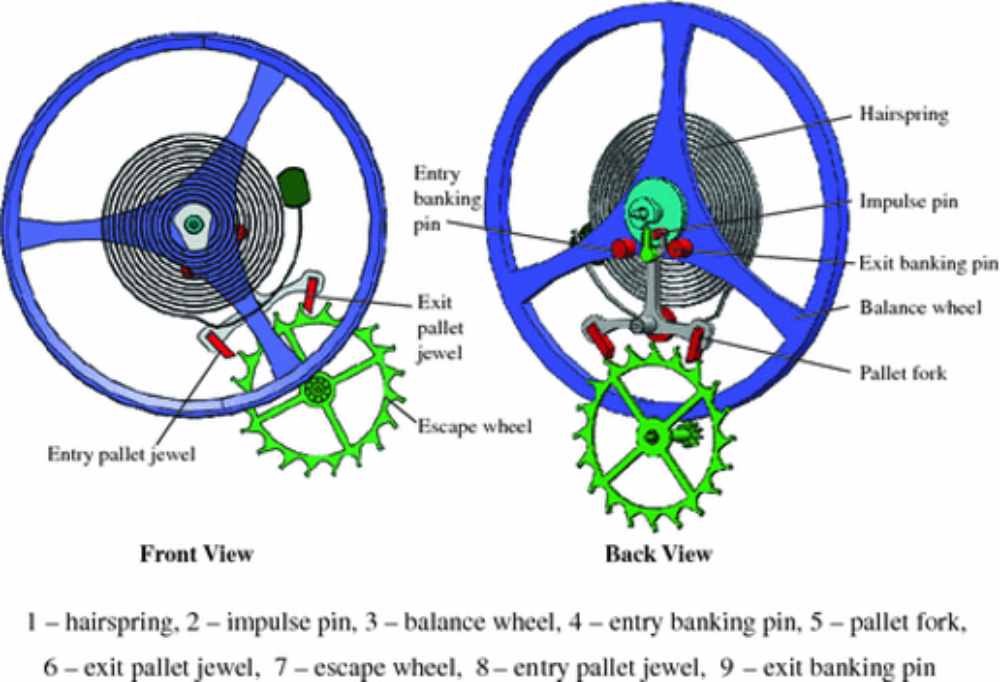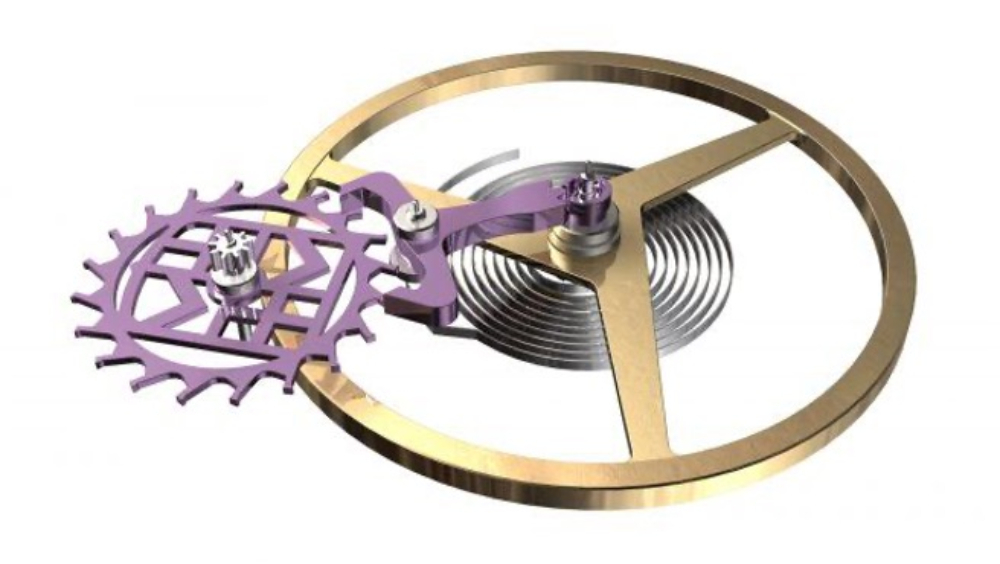Horology, the study of timekeeping and the art of making timepieces has a rich history dating back centuries. From ancient sundials to modern digital watches, timekeeping has evolved and improved over time, with many inventions and innovations that have made watches more accurate, reliable, and durable.
One such invention that has revolutionized watchmaking is the lever escapement. The lever escapement is a mechanism that controls the movement of the watch's balance wheel, allowing it to oscillate back and forth at a constant rate. The escapement is the most critical component of a mechanical watch, as it regulates the movement of the watch's gears and ensures that the watch keeps accurate time.
The lever escapement was invented by Thomas Mudge, a British watchmaker, in the late 18th century. Prior to the lever escapement, most watches used the verge escapement, which had been in use since the 14th century. The verge escapement was simple and reliable, but it had some drawbacks that limited its accuracy and reliability.
The verge escapement used a simple verge and foliot mechanism that allowed the watch to keep time by oscillating at a constant rate. However, the verge escapement was susceptible to errors caused by variations in the force of the watch's mainspring, as well as changes in temperature and position. These errors could cause the watch to gain or lose time, making it less accurate over time.
The lever escapement, on the other hand, used a different mechanism that was more accurate and reliable. The lever escapement used a pallet fork and an escape wheel to control the movement of the watch's balance wheel. The pallet fork would lock and unlock the escape wheel, allowing the balance wheel to oscillate back and forth at a constant rate. The lever escapement was not affected by variations in the force of the mainspring, making it more accurate and reliable than the verge escapement.
The lever escapement quickly became the standard in watchmaking and is still used in most mechanical watches today. The lever escapement has undergone many refinements and improvements over the years, but the basic principle remains the same. The lever escapement is a testament to the ingenuity and creativity of watchmakers, who continue to push the boundaries of what is possible in timekeeping.
In horology, the lifting action of the escapement refers to the angle through which the escape wheel rotates during the locking action of the pallets. The lifting action is critical to the accurate operation of the watch, as it determines the amount of energy transferred from the mainspring to the balance wheel.
The lifting angle of the escapement varies depending on the design of the watch, but it is generally intended to be around 30 to 45 degrees. This range provides a good balance between the amount of energy transferred and the accuracy of the watch.
If the lifting angle is too small, the escapement may not transfer enough energy to the balance wheel, causing the watch to lose time. If the lifting angle is too large, the escapement may transfer too much energy, causing the watch to gain time and potentially damaging the escapement due to excessive wear.
It's worth noting that the lifting angle can vary depending on the specific design of the escapement, including the shape and size of the escape wheel teeth, the pallets, and the banking pins. As such, watchmakers may adjust the lifting angle during the assembly and testing of a watch to ensure that it is accurate and reliable.
In conclusion, lever escapement is a critical component of mechanical watches, regulating the movement of the watch's gears and ensuring that the watch keeps accurate time. It was invented by Thomas Mudge in the late 18th century and quickly became the standard in watchmaking due to its accuracy and reliability. The lever escapement is a testament to the ingenuity and creativity of watchmakers, who continue to push the boundaries of what is possible in timekeeping.
















